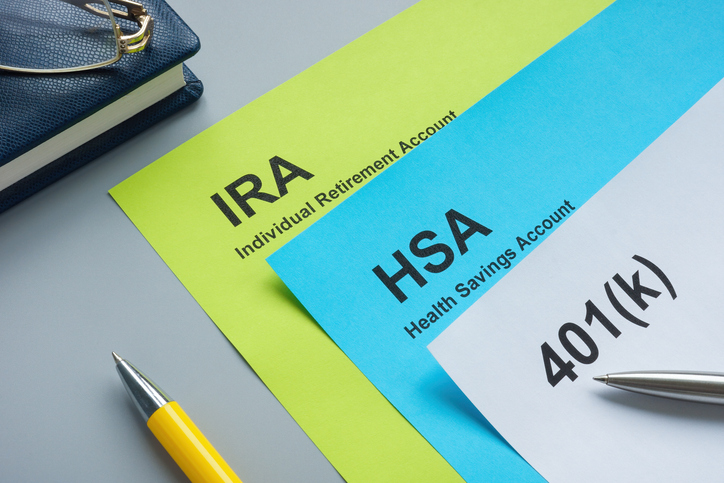The following statement on health coverage published by the National Conference of State Legislatures (NCSL) on May 28, 2008 shows the predominance of market-based health insurance despite increasing government attempts to force more people into government plans.
For most Americans, market-based health insurance remains the predominant form of health coverage. According to the most recent detailed census report (2006, published August 2007), of 296,824,000 total Americans:
- 201,690,000 people (67.9 percent) were covered by private market health insurance.
- 177,152,000 people (59.7 percent) were enrolled in employer-based insurance. The percentage of people covered by employment-based health insurance fell between 2004 and 2005, from 59.8 percent to 59.5 percent.
- 27,066,000 people (9.1 percent) were enrolled in “individual market” or direct-purchase health insurance.
By comparison:
- 38,281,000 were counted in Medicaid, of whom 6,419,000 (in 2003) also had some type of private insurance. Medicaid agencies provided services to over 50 million individuals in 2006.
- 40,343,000 were enrolled in Medicare, of whom 21,777,000 (in 2003) also had some type of private insurance, such as “Medi-Gap” supplemental policies or retiree benefits from a former employer.
- 10,547,000 were enrolled in military health care.
- 46,995,000 were counted as “not covered at any time during the year.”
In general terms, all 50 states regulate and initiate policies affecting health insurance. These statutes, and the Insurance Departments and other agencies that administer them, play a significant role in virtually every state.
For more information …
NCSL Medicaid Overview: http://www.ncsl.org/programs/health/medicaid.htm
“Income, Poverty, and Health Insurance Coverage in the United States: 2006 report”: http://www.census.gov/prod/2007pubs/p60-233.pdf; 2005 comparative numbers: http://www.ncsl.org/programs/health/healthmc.htm#2005



